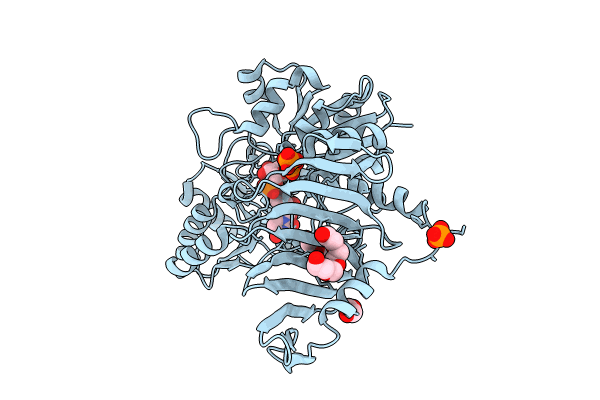
Deposition Date
2023-05-13
Release Date
2023-12-06
Last Version Date
2023-12-06
Entry Detail
Biological Source:
Source Organism:
Staphylococcus epidermidis (Taxon ID: 1282)
Host Organism:
Method Details:
Experimental Method:
Resolution:
2.03 Å
R-Value Free:
0.23
R-Value Work:
0.20
Space Group:
P 21 21 21


